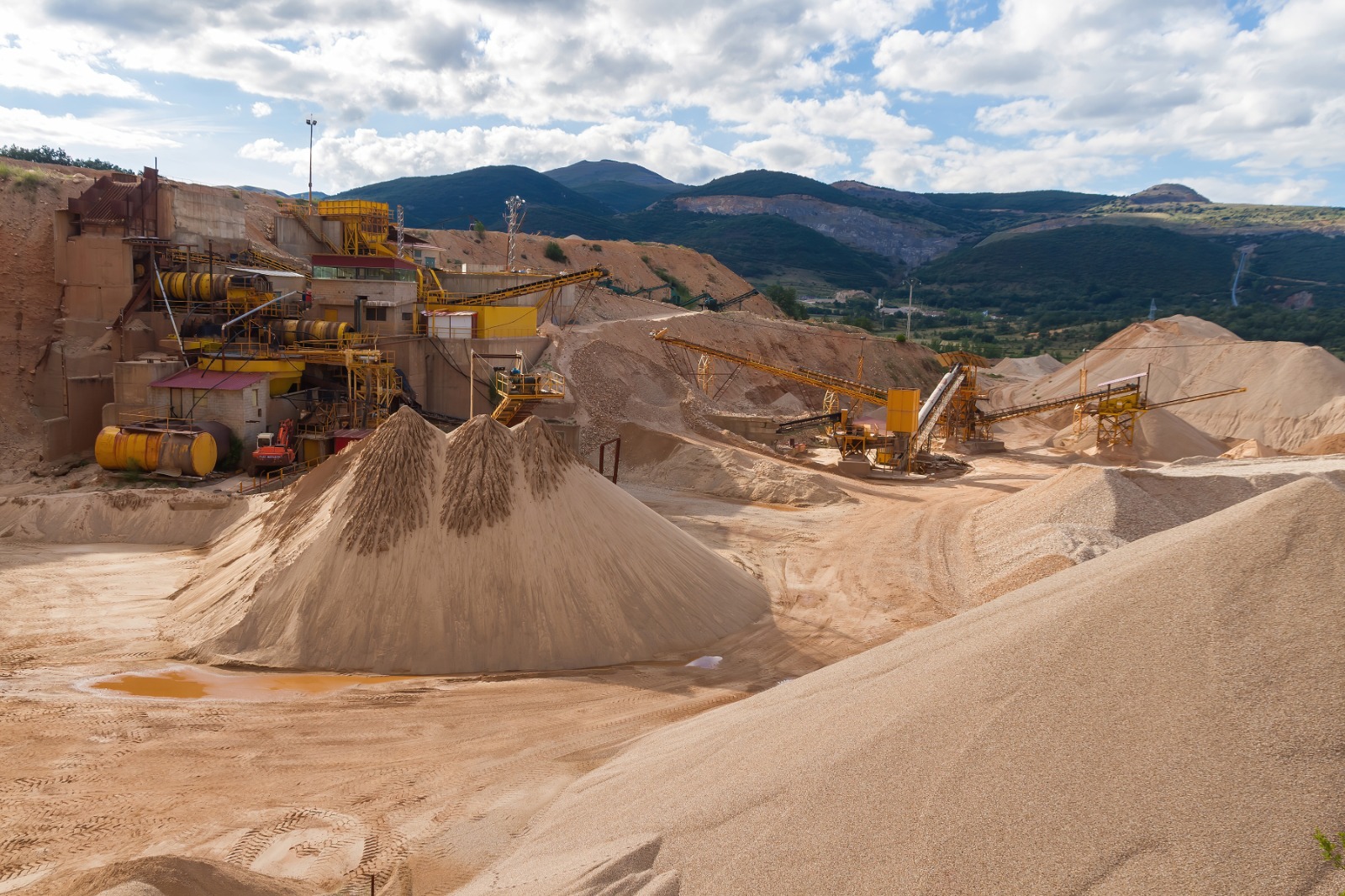
Washed Sand Vs. Silica Sand
Washed Sand Vs. Silica Sand: Understanding the Differences
To the untrained eyes, all sands are created equal. However, for professionals in the construction industry, there are finer details that set apart one sand from another. Washed sand and Silica sand are the most widely used sands in the construction sector and have different constituents and purposes. Whether you are fond of DIY projects or work in the building industry, it is important to familiarize yourself with these sands and understand the differences. And this article has all the details! So read on and learn!
Understanding Washed Sand
Washed sand, as the name implies, means sand that has been cleaned and is free of dirt and other contaminants. It is thoroughly cleansed to eliminate dust and unwanted particles and drained. The best thing about washed sand is its consistency, which is fine and even, as all undesirable elements have been eliminated. They are grouped per the size of the resulting granules post-washing and draining, namely coarse, medium, fine, and ultra-fine.
Types of Washed Sand
There are different types of washed sand, including:
1. Concrete Sand
Concrete sand is a form of washed sand obtained from the ground through mining. Once mined, it is screened for impurities and washed to remove clay, silt, dust, and other debris. It can be converted into concrete by combining it with cement and water. Thus, it is commonly employed in concrete and asphalt applications.
2. Masonry Sand
Like concrete sand, masonry sand is combined with concrete to execute construction projects. It typically has a finer grit consistency and provides excellent grain uniformity required for masonry bonding. Mortar is also made of masonry sand to bind building blocks and close uneven gaps. You can make mortar from masonry sand by combining the sand with water and cement and formulating a binding agent ideal for strengthening building materials and adding aesthetic elements to masonry walls.
3. White Sand
The white sand is especially suited for projects that prioritize aesthetics. From volleyball traps to sand traps to inland beaches to golf courses, white sand is the king of beautification. It is soft to the touch and has a vibrant white color owing to its Limestone constituent. The white sand is as unique as it gets and is somewhat rare. Hence, it is not readily available and may be difficult to source.
Applications of Washed Sand
| Mixing Concrete and Mortar | Washed sand provides a strong foundation for concrete and mortar due to its lack of clay and silt. These impurities can weaken the final product. |
| Creating Strong, Stable Bases | Driveways, walkways, and patios benefit from a layer of washed sand below the surface. This evens out the ground and allows for proper drainage. |
| Brick and Paver Installation | Washed sand’s clean and consistent grains create a perfect bed for laying bricks and pavers. The excellent drainage also prevents water from pooling and damaging the installation. |
| Landscaping Applications | Washed sand can be used for pathways, top dressing for lawns, and in some seed composts. Its drainage properties help with healthy plant growth. |
Understanding Silica Sand
Silica sand is a construction-affiliated sand that features quartz granules. It also constitutes other fine particles like rocks and minerals. Quartz comes in many forms with different colors and microstructures. While washed sand is processed, Silica sand isn’t.
Types of Silica Sand
1. Glass Sand
Glass Sand is the purest form of Silica sand, containing over 99.5% silicon dioxide (SiO2). Its low iron oxide content produces a clear and colorless final glass product. Glass sand is used for high-quality glass like windows, bottles, and fiber optics.
2. Foundry Sand
This type prioritizes good thermal stability and mold release properties. It creates molds for metal casting that can withstand high temperatures without breaking down.
3. Fracking Sand
This Silica sand is used for fracking. It is often round and has high crush resistance, allowing it to withstand immense pressure without breaking or creating unwanted dust.
4. Filter Sand
This is used for filtration and often features a specific grain size and distribution for optimal water filtration. It effectively traps impurities while allowing clean water to pass through.
5. Masonry Sand
Silica sand is used in construction applications such as mortar and concrete. Its specific grain size range allows for good packing and adhesion with other components.
Applications of Silica Sand
Let’s explore the typical applications of Silica Sand:
| Construction | Professionals in the construction industry typically use whole-grain Silica sand for several applications, including specialty cement, mortars, asphalt mixtures, and flooring compounds. One of the hallmarks of using Silica for construction projects is its ability to extend the function of sealants, epoxy-based products, and caulks by improving their durability and anti-corrosion strengths. |
| Glassmaking | Silica sand is a common component of virtually all glass types, including standard and specialty-type glasses. It is deployed in several glassmaking techniques as the base material for windows, bottles, intricate art pieces, high-tech fiber optics, and so much more. The purity of the Silica sand is a vital determinant of the strength and durability of the final glass product. |
| Sandblasting | Silica sand is known for its abrasive nature and is a star player in sandblasting. This technique entails using compressed air to propel the sand particles at high velocity, removing paint, rust, and other impurities from surfaces like buildings, ships, and metal structures. |
| Filtration | Because of its ability to trap impurities, Silica sand is a valuable filter medium in water treatment plants and swimming pools. The sand serves as a sieve, removing suspended solids and particles for clean and safe water. |
| Hydraulic Fracturing | Silica sand is an indispensable tool in the oil and gas sector. It plays a crucial role in hydraulic fracturing, also known as fracking. During the process, the sand is pumped into the underground to fracture rock formations and allow trapped oil and gas to flow without restrictions. |
Conclusion
In essence, washed and silica sand are two sides of a granular coin. While Silica reigns supreme in industrial applications due to its purity and abrasiveness, washed sand excels in construction and landscaping projects, where it shines in consistency, solid bonds, and drainage. Understanding these distinct characteristics empowers informed decision-making when selecting the most suitable sand for a specific purpose.


